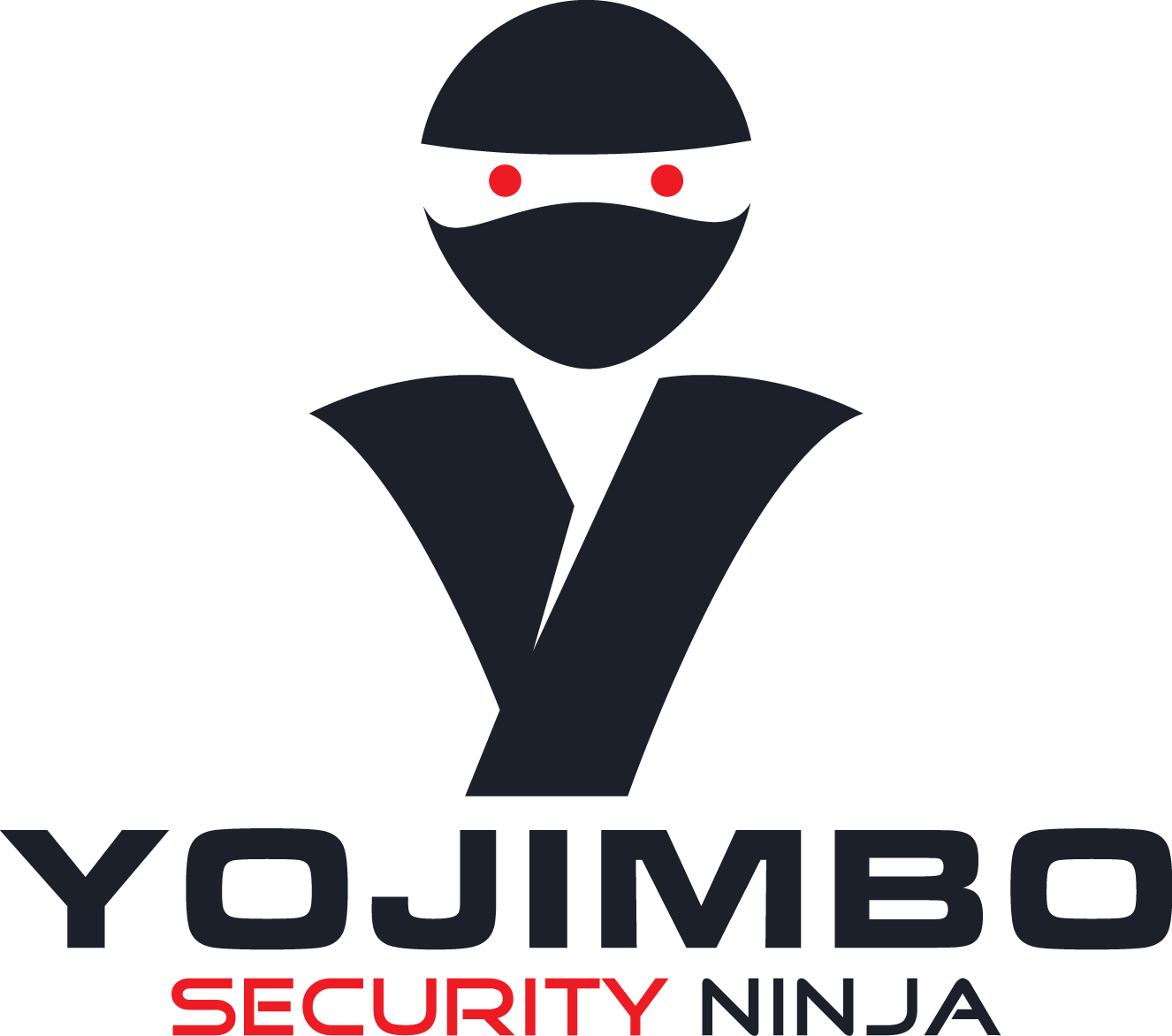Bash Breakout
Breaking out of a restricted shell is a significant step in ethical hacking and penetration testing. However, sometimes you find yourself in a limited or non-interactive shell environment where essential features like command history navigation and screen clearing don't work. In such cases, upgrading to a fully interactive TTY shell becomes crucial. Here are some effective methods to enhance your shell environment.
- Python Method:
Python is often a savior in shell environments. If it's installed on the system, use it to spawn a bash shell:
python -c 'import pty; pty.spawn("/bin/bash")'
For Python 3:
python3 -c 'import pty; pty.spawn("/bin/bash")'
Or, for a more enhanced experience with Python 3:
python3 -c 'import pty; pty.spawn(["/bin/bash", "--rcfile", "/etc/bash.bashrc"])'
- Script Command:
The script command is useful for spawning a new shell session:
script /dev/null
This starts a new shell session and logs it, which can provide a more functional environment.
- Using RLWrap:
RLWrap allows for editing of keyboard input for any command. It's particularly useful with netcat:
rlwrap nc -lvnp [port]
- Stty Settings:
Adjusting terminal settings can be helpful:
stty rows [num] columns [num]
Use stty -a on your local machine to find the correct values.
- Reconnecting the Shell:
After spawning a TTY, you can fine-tune it:
stty raw -echo; fg
Background the shell with Ctrl+Z, then run this command.
Conclusion:
While these methods offer various ways to upgrade to an interactive shell, remember that their success depends on the target system's configuration.
